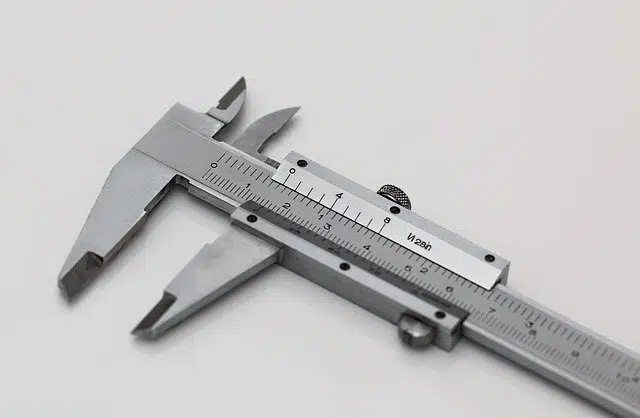
In colloquial language, precision is associated with accuracy.
From the Latin praecisĭo , precision is the need and obligation for accuracy and concision when executing something . For engineering and statistics , however, precision and accuracy are not synonymous concepts.
Precision, in this sense , is the dispersion of the set of values that is obtained from repeated measurements of a magnitude: the lower the dispersion, the greater the precision . Accuracy, on the other hand, refers to the closeness of the measured value to the actual value.
For computing , precision is the number of bits used to represent a value. Philosophy , on the other hand, maintains that precision is a mental abstraction that makes the understanding of two identified things, one distinct from the other.
Precision in everyday language and science
In everyday language, precision is conciseness and accuracy in some aspect or thing. For example: "The forward shot with amazing precision and scored from a distance greater than twenty meters" , "Larry Bird was an NBA player with great precision in his three-point shot " , "Please try to speak precisely like this" "We can understand what happened last night," "Precision is not one of his virtues: he tried to explain to us how to get to the restaurant and we ended up lost."
In the field of science in general, precision is the ability of an instrument to obtain the same result in different measurements , carried out under the same conditions. A device built with the aim of obtaining exact results is known as a precision machine . The difference between the measured value and the actual value is called measurement error.

Measurement errors can compromise precision.
Measurement errors
Measurement errors can appear during the use of measuring instruments, devices created to compare physical quantities, and there are various reasons why they occur. It is possible to distinguish between two large types of measurement errors: systematic errors, associated with the accuracy of the measurement. They are predictable and can be calculated and eliminated through calibration and compensation processes; the random ones, linked to the precision of the instruments. It is not possible to predict them, since their causes are unknown.
Continuing with random errors, also called stochastic errors , two situations may arise: their level of complexity is considerable, which makes it difficult to find the appropriate techniques to understand their causes; that its impact on the final result is small, and that it does not justify the investment of time to find a solution.
The first step to approach an error of this type is to carry out a sampling of measurements, a technique that aims to select a sample from a population , the name given to the set of elements that are taken as a basis for the observations. . Using the data collected in the measurements, it is possible to calculate the average and the standard deviation, two parameters that allow us to find the Gaussian distribution , a resource used to thoroughly analyze natural, social and psychological phenomena .
Errors that threaten precision
Although it is not always possible to find all the causes of a measurement error, there are four fundamental points that encompass the most common origins of failures and allow the investigation to be focused on a more defined line; errors can be caused by:
* problems with the measuring instrument used, including design and manufacturing errors, alignment errors, or those caused by the conditions of the instrument itself;
* the operator. In this case, it may well be incorrect positioning or a problem while reading;
* certain environmental factors, such as a change in temperature (which can cause expansion and contraction of materials such as metal), atmospheric pressure or humidity;
* the geometric tolerance values of a given part (the range in which there is no rejection towards other components), among which is the deformation due to the application of inadequate forces.
